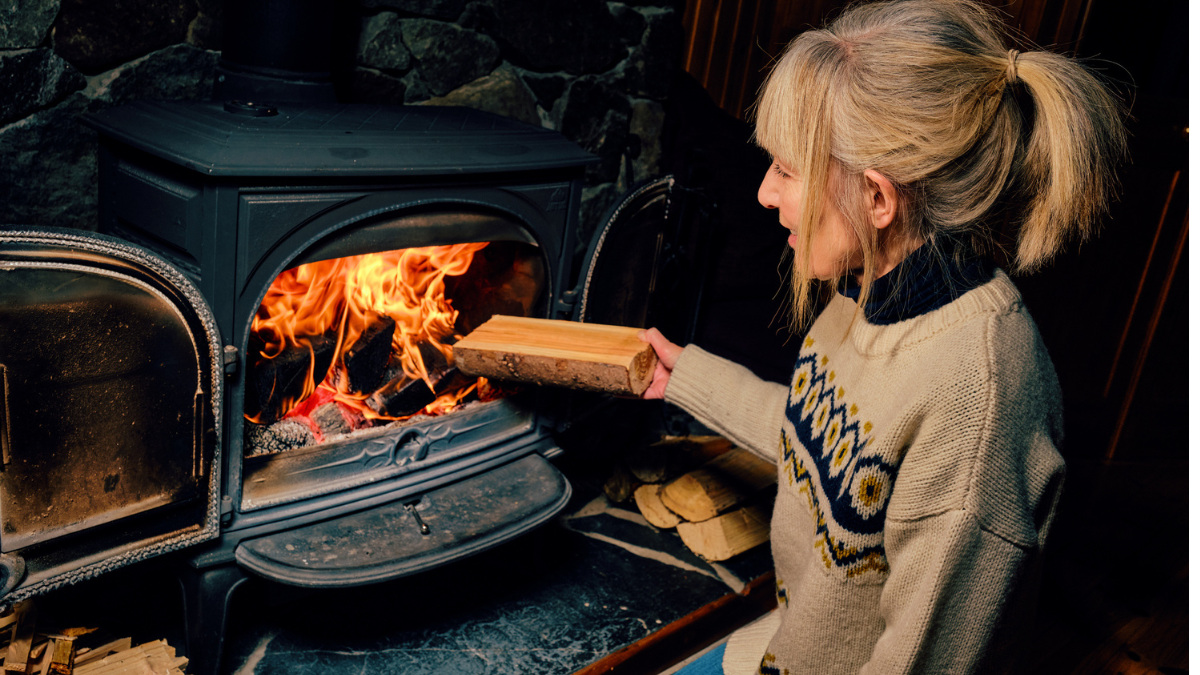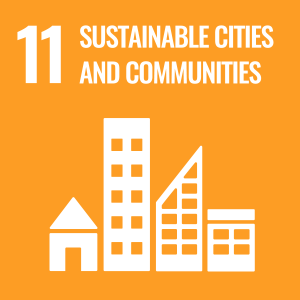The hidden health risks of wood-burning and eco stoves in homes
Households are being warned about the dangers of wood-burning stoves, including modern eco-design models, as a new study by the University of Surrey’s Global Centre for Clean Air Research (GCARE) has found that the use of woodstoves results in short-term exposures to high concentrations of toxic pollutants, posing potential health risks to residents.

In the study, published in Nature’s Scientific Reports, researchers monitored a number of homes in Guildford, Surrey, that used a range of heating stoves and clean solid fuels, including seasoned wood, kiln-dried wood, wood briquette, and smokeless coal. After measuring pollutant levels, such as ultrafine particles (UFPs), fine particulate matter (PM2.5), black carbon (BC), and carbon monoxide (CO), GCARE found open fireplaces produced the highest emissions, increasing PM2.5 exposure up to seven times compared to modern stoves.
Multifuel eco-design stoves followed, emitting more UFP emissions than standard eco-design (top-rated for low emissions under a UK certification scheme). Wood briquettes and smokeless coal increased ultrafine particle exposure by 1.7- and 1.5-times, respectively, compared to seasoned wood, challenging assumptions that these manufactured fuels are cleaner alternatives.
While improved stoves reduced pollutant emission overall, even the best models caused significant spikes in indoor pollution during lighting, refuelling, and ash removal. In many cases, pollutant levels exceeded World Health Organization (WHO) good practice statement for 24-h averaged values of 10,000 particles per cubic centimetre on ultrafine particle source emission control.
The research team also found that ventilation played a critical role in indoor pollution. Homes with closed windows during burning had up to three times higher pollution levels than those with periodic window opening. Smaller room size and longer burning durations also worsened indoor air quality, highlighting how everyday factors influence exposure.
Even in homes using 'cleaner' stoves and fuels, we saw pollutant levels rise well beyond safe limits – especially when ventilation was poor or stoves were used for long periods. Many people simply don’t realise how much indoor air quality can deteriorate during routine stove use. This research shows the need for greater awareness and simple behavioural changes that can reduce exposure.Abidemi Kuye, PhD researcher at the GCARE
Short and long-term exposure to pollution from wood-burning sources has been linked to a wide range of health effects, including chronic respiratory conditions, heart disease, lung cancer, and even damage to the kidneys, liver, brain, and nervous system.
The research, funded in part by the Engineering and Physical Sciences Research Council (EPSRC) and supported by the University of Surrey’s Breaking Barrier Studentship Award, highlights the need for stricter regulation and more public awareness of indoor air pollution linked to wood burning for domestic heating.
Reference: Kuye, A., Kumar, P., 2025. Particulate matter exposure from different heating stoves and fuels in UK homes. Scientific Reports 15, 21394. https://doi.org/10.1038/s41598-025-05886-1
[ENDS]
Notes to editors
- Professor Prashant Kumar is available for interview; please contact mediarelations@surrey.ac.uk to arrange.
- The full paper is available at: https://doi.org/10.1038/s41598-025-05886-1
- Images are available here.
Related sustainable development goals




Media Contacts
External Communications and PR team
Phone: +44 (0)1483 684380 / 688914 / 684378
Email: mediarelations@surrey.ac.uk
Out of hours: +44 (0)7773 479911
